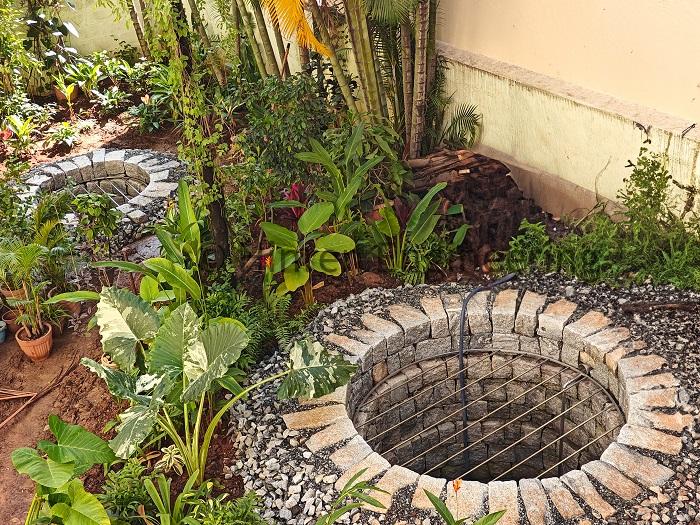Off-grid solar photovoltaic (PV) systems are designed to operate independently of the utility grid, making them the perfect solution for rooftops in areas with unreliable or poor-quality power supply. By combining solar panels with battery storage, these systems ensure a continuous supply of clean energy—day and night, throughout the year—without depending on the grid. How It Works A. Solar Panels (PV Array): Mounted on the rooftop, they convert sunlight into direct current (DC) electricity. B. Charger: Directs DC power from the panels into the battery bank. C. Lithium Batteries: Store excess solar energy during the day for use at night or during cloudy periods. D. Inverter: Converts DC power into alternating current (AC) for household appliances. During the day, solar power directly runs your loads while also charging the batteries. After sunset, the stored energy powers your home seamlessly—ensuring uninterrupted electricity. Why Choose Rooftop Off-Grid Solar? 1. Energy Independence: No reliance on grid electricity or power cuts. 2. Resilient & Reliable: Works in remote locations or urban areas with erratic supply. 3. Smart Design: Load analysis, proper battery sizing (C-rating), and efficient wiring ensure reliable performance. 4. Sustainable Power: 100% solar-based, reducing dependence on diesel generators and minimizing carbon footprint. Ideal For 1. Homes and farmhouses in areas with frequent power cuts. 2. Rooftops in villages or towns without reliable grid connections. 3. Institutions, offices, and small businesses seeking self-reliant energy solutions. Off-grid rooftop solar systems are rugged, functional, and future-ready, giving you the freedom to generate, store, and use your own clean energy—anytime, anywhere. “Your roof, your power—independent, reliable, and sustainable.”


